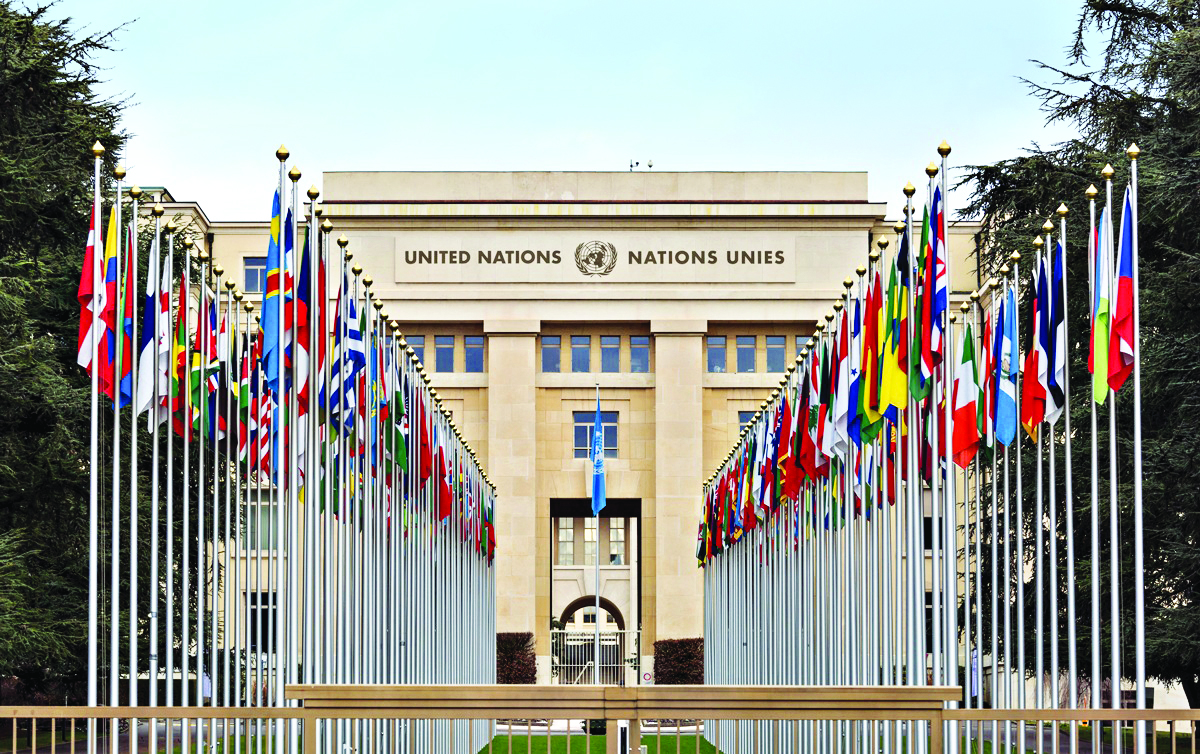India currently a ‘bright spot’ in global economy: UN economist

United Nations: India is a “bright spot” in the world economy currently and is on a “strong footing”, projected to grow at 6.7 per cent next year, a very high growth rate relative to other G20 member countries, a top UN economist said.
These remarks were made by the Chief of the Global Economic Monitoring Branch, Economic Analysis and Policy Division, UN-Department of Economic and Social Affairs Hamid Rashid.
“I think India is a bright spot in the world economy right now,” Rashid said at a press conference here Wednesday at the launch of the World Economic Situation and Prospects 2023 report.
The flagship report said that India’s GDP is projected to moderate to 5.8 per cent in 2023 as higher interest rates and global economic slowdown weigh on investment and exports.
India’s economic growth is expected to remain “strong” even as prospects for other South Asian nations “are more challenging.”
India is projected to grow at 6.7 per cent in 2024, the fastest-growing major economy in the world.
Rashid said, “we believe the Indian economy is on a strong footing given the strong domestic demand in the near term.”
Noting that India’s economic growth is expected to pick up in 2024 to 6.7 per cent, he said this is “very high growth relative to other G20 member countries.
The Group of Twenty (G20) comprises 19 countries (Argentina, Australia, Brazil, Canada, China, France, Germany, India, Indonesia, Italy, Japan, Republic of Korea, Mexico, Russia, Saudi Arabia, South Africa, Turkiye, United Kingdom and United States) and the European
Union
“This is a sustainable growth rate for India. India also has a significant number of people living in poverty. So this would be a great boost. If India can sustain this growth rate in the near term, that would be good for the Sustainable Development Goals, good for poverty reduction globally,” Rashid said.
Responding to a question on the Indian economy, Rashid, who is the lead author of the report, attributed three factors to India’s current economic strength.
He said India’s unemployment rate has come down significantly in the last four years to 6.4 per cent and is lower than what it was around 2017. “That means the domestic demand has been pretty strong,” he said.
India’s inflation pressure also has “eased quite significantly” and it is expected to be about 5.5 per cent this year and 5 per cent in 2024.
Rashid said this means that the country’s central bank would not have to aggressively go for monetary tightening.
The third factor benefitting India is that its import bills have been lower, “especially energy import cost has been lower than in the previous years. That has also helped India’s growth prospect in 2022 and 2023,” he said.
Outlining “downside risks” for India’s growth prospects in the near term, Rashid said higher interest rates have a spillover effect.
“India’s debt servicing cost has exceeded 20 per cent of the budget and that is a significantly high debt servicing cost and that would probably have some drag on the growth prospects.”
He said another risk for the Indian economy is external demand.
“If Europe goes into a very slow growth mode” and the US is also in a similar situation, India’s export to the world economy may suffer a setback.
The report noted that world output growth is projected to decelerate from an estimated three per cent in 2022 to 1.9 per cent in 2023, marking one of the lowest growth rates in recent decades as a “series of severe and mutually reinforcing shocks the COVID-19 pandemic, the war in Ukraine and resulting food and energy crises, surging inflation, debt tightening, as well as the climate emergency battered the world economy in 2022.”
It presents a gloomy and uncertain global economic outlook for the near term. Global growth is forecast to moderately pick up to 2.7 per cent in 2024 as some of the headwinds will begin to subside.
However, this is highly dependent on the pace and sequence of further monetary tightening, the course and consequences of the war in Ukraine, and the possibility of further supply-chain disruptions.
The report, produced by the United Nations Department of Economic and Social Affairs (UN DESA), said that in South Asia, the economic outlook has significantly deteriorated due to high food and energy prices, monetary tightening and fiscal vulnerabilities. Average GDP growth is projected to moderate from 5.6 per cent in 2022 to 4.8 per cent in 2023.
“Prospects are more challenging” for other economies in the South Asia region. Bangladesh, Pakistan and Sri Lanka sought financial assistance from the International Monetary Fund in 2022.
China is projected to grow at 4.8 per cent in the calendar year 2023 and 4.5 per cent in 2024, while the US is estimated to register a 0.4 per cent economic growth this year and 1.7 per cent in 2024.



